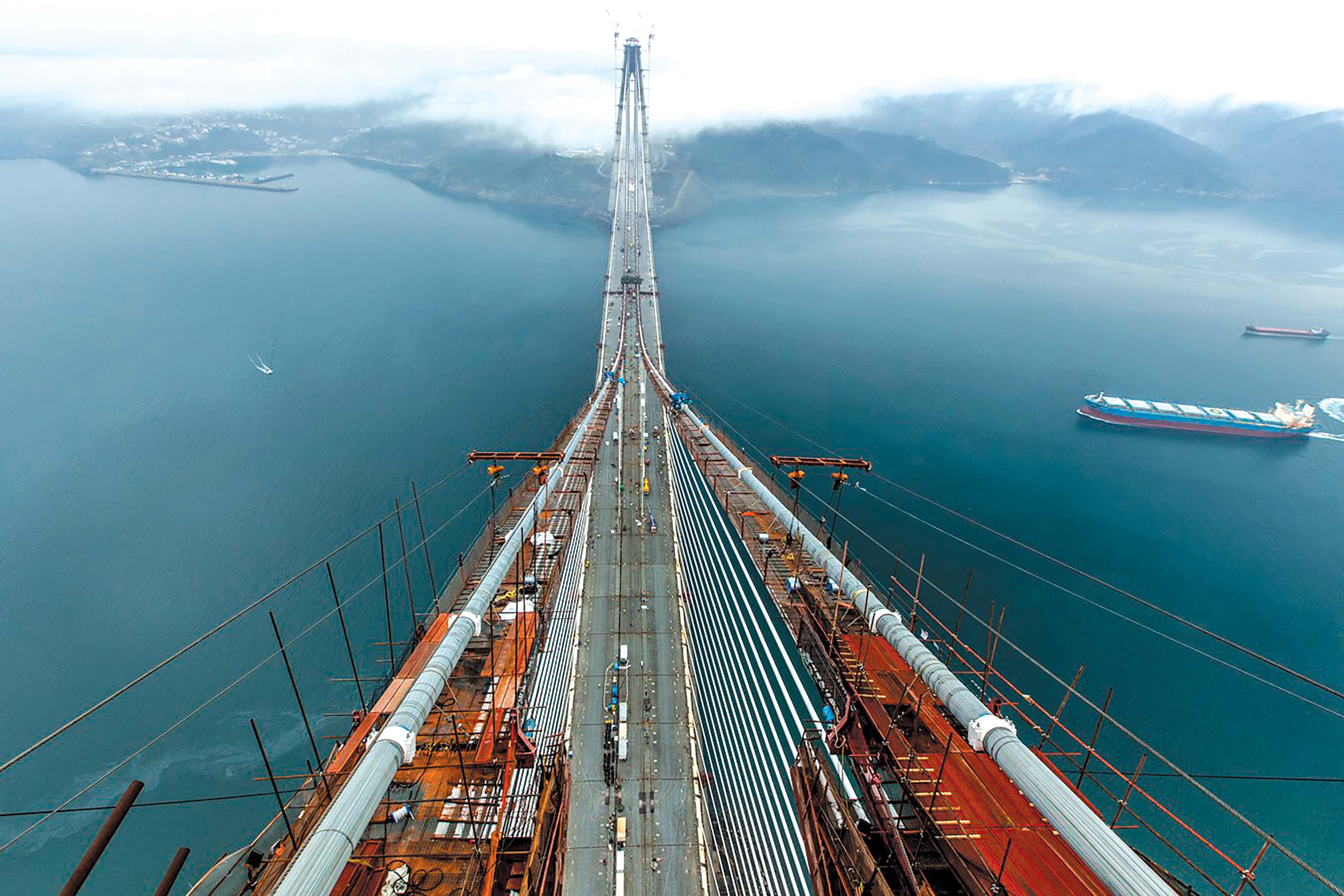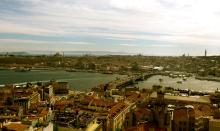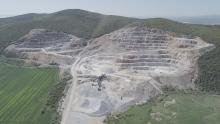
Turkey has a large aggregates market but the nation’s recent troubles may impact promising growth, Guy Woodford reports.
Turkey is going through an awfully tough time. The country’s president, Recep Tayyip Erdogan, retains power but only just after a recent failed military coup. That came after a gun and bomb attack on Istanbul’s Ataturk airport killed 41 people, at least 13 of them foreigners, and injured more than 230.
The full extent of how these seismic political and social events affect Turkey’s commerce, including the nation’s ability to attract foreign investment, will become clear in the coming months and years.
From an aggregates demand perspective, quarry operators and contractors will be desperately hoping that day-to-day normality can return soon – with the aggregates market having increased by a healthy 11% in the past five years, alongside a construction sector posting around 6% growth over the same period.
According to
Turkey has around 750 aggregates producers (companies), half the number of France (1454) and Germany (1481), and far less extraction sites (quarries and pits): 780, compared to France’s 1454 and Germany’s 1481. This makes its annual output even more impressive. Of its estimated 477 million tonnes of produced aggregate material in 2014, 430million tonnes was crushed rock, 45 million tonnes was sand and gravel, and 2million tonnes were marine aggregates.
Market research conducted by the Turkey Aggregate Producers Association (AGUB), which represents around 50 companies responsible for around 20% of total aggregate production in Turkey, offers a regional aggregates demand breakdown. This shows that 40% of demand comes from Marmara in the north-west of the country; 15% comes from Central Anatolia; 15% from the Mediterranean region; 14% from the Aegean region; 8% from Black Sea; 4% from East Anatolia; and 4% from southeast Anatolia.
Beir Kemal Ustaolu has been president of AGUB since March 2015. Shortly after his appointment, he said: “If the construction sector is the locomotive of the economy, aggregate mining is the engine of that locomotive.” He went on to say that in order for Turkey to achieve its 2023 growth target, public investments on infrastructure, highways, bridges, and airports, as well as for quality housing projects, are essential.
evket Koruç, vice president of AGUB, said the Association anticipated a 3% annual growth rate in Turkey’s aggregates sector in the “near future”.
Of key factors shaping continuing sector growth, he said: “It’s especially due to infrastructure investment in municipalities, huge government projects such as the Istanbul 3rd Bosphorus Bridge Project, the Istanbul 3rd Airport Project, North Marmara Highway Project, the Izmir-Istanbul Sea Inlet Bridge, and urban transformations. These projects dominate aggregate consumption in Turkey.
“The biggest aggregate market in Turkey is the Marmara region because of government mega projects of and urban transformation. On the other hand, we expect huge growth in the east and south-east regions because of government investment policies.”
Rather than being dominated by large names such as
Volvo Construction Equipment (
Gökhan Kenar, business manager for Turkey within Volvo CE Sales Region EMEA, said: “The demand for aggregates in Turkey has been very high so far in 2016 and considering the number of construction projects currently ongoing is likely to continue through the rest of 2016 and 2017. The main driver for this is the sheer number of general construction projects throughout the country.
“Within the scope of the Turkish government’s 2023 Vision (2023 marks the 100th anniversary of the foundation of the Turkish Republic), many construction and infrastructure projects have been launched. As well as the third airport in Istanbul and third bridge over the Bosphorus, there are various other road construction and urban transformation projects, with old residential buildings being demolished and new ones being built. These projects have significantly boosted demand in the aggregates industry, which has in turn motivated investments in quarries. OEMs have been positively affected by the increase in demand so far and the total market for construction equipment in Turkey has grown since last year.”
The list of targets set by Turkey’s president Recep Tayyip Erdoan to coincide with the centenary of the country as a republic is certainly ambitious – with aggregate producers expected to be key to supplying enough quality raw building materials to aid new infrastructure linked to the 2023 Vision.
Under the 2023 Vision, Turkey aims to become one of the top ten world economies with a GDP (gross domestic product) of US$2 trillion by 2023, with Turkish exports to rise to $500 billion in the same year.
Of the transport infrastructure aspect of the 2023 Vision, 11,000km of new railway is planned along with the expansion of the Turkey’s high-speed train network. There are also plans for 15,000km of new dual carriageway, an expansion of ports, and the domestic production of aircraft and unmanned aerial vehicles.
The 3rd Bosphorus Bridge in Istanbul is part of the Northern Marmara Motorway Project executed by IC Ictas – Astaldi Consortium.
Regarded as key to Turkey’s future transport and commerce goals, the 3rd Bosphorus Bridge, due to be completed before the end of 2016, will follow the Bogazici Bridge, which started operating in 1972, and the Fatih Sultan Mehmet Bridge, completed in 1988.
Eight lanes of motorway and two lanes of railway will be located at the same level on the 3rd Bosphorus Bridge, which will mostly be the work of Turkish engineers.
Dubbed the ‘Bridge of Firsts’ by project chiefs, the 3rd Bosphorus Bridge will be, on completion, the widest suspension bridge in the world, with a width of 59 metres, and also the longest spanning bridge with a rail system on it, with a main span of 1,408m. Another first for the bridge is that it is the suspension bridge with the highest tower in the world, with a height of over 322m.
Despite its present turbulence, Turkey’s ambition, centred on commerce, including new multimillion euro transport infrastructure, is eye-catching and welcome. It will be interesting to see not only how much national aggregate demand changes from now until the delivery of Vision 2023, but also the extent to which globally renowned building materials’ giants increase their involvement in Turkey over the next few years.








